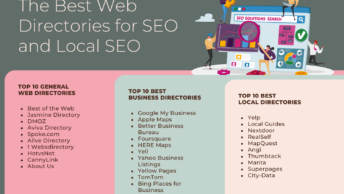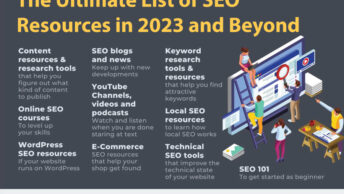
Shazam Identifies Songs
In 2008, Shazam’s audio matching app was introduced on the iPhone. It can identify nearly any song, perfect for finding new music and settling debates about “who sang what.” The app has over 200 million users and generated about $2 million per month in a recent year (best statistics I could find). How can advertisers benefit?
Rather than continuing to complain about TV viewers who tune out commercials whilst playing on their iPads or iPhones (as 40% of tablet and smartphone users do) marketers can embrace the trend.
Just as people can use Shazam to capture a song, the app
can be used to take an audio snapshot of a commercial.
During the 2012 Super Bowl over a million tags on ads were made. Toyota and PepsiCo were just two marketers to try the technique. Toyota included a small logo asking viewers to Shazam the ad for the chance to win a Camry.
Marketers pay a flat rate based on probable viewership. Though Shazam claims most of its revenue will be music based, each year there is a $189 billion global TV ad budget they’d like to tap into.
Today the app is allowing users to Shazam TV shows and live events.
Hello Summer Olympics! That’s right; NBC teamed up with Shazam to provide you with extra info about athletes and events. You could even participate in polls. Shazam is hoping to condition viewers to rely on their service when they want to learn more about what they’re watching.
Logical, because unlike a database of music that can be uploaded and regurgitated later – live events require new technology. Real-time events require lightning fast analysis and broadcast. And Shazam will need to recoup its investment on said tech.
Because second-screen experiences are here and have entered the mainstream, marketers should go with the flow and try new ways of communicating. One advantage is Shazam’s 200 million users; a great audience with a huge footprint. Some media companies are creating their own apps, too. Disney and MTV have joined the bandwagon to keep second screen viewers engaged.
What say you? Are you a smartphone or tablet user who commonly views two screens? How else do you think marketers can cater to the combination of advertising desensitizing, dual screens, and the desire for extra info? Looking forward to your thoughts in the comments below.







